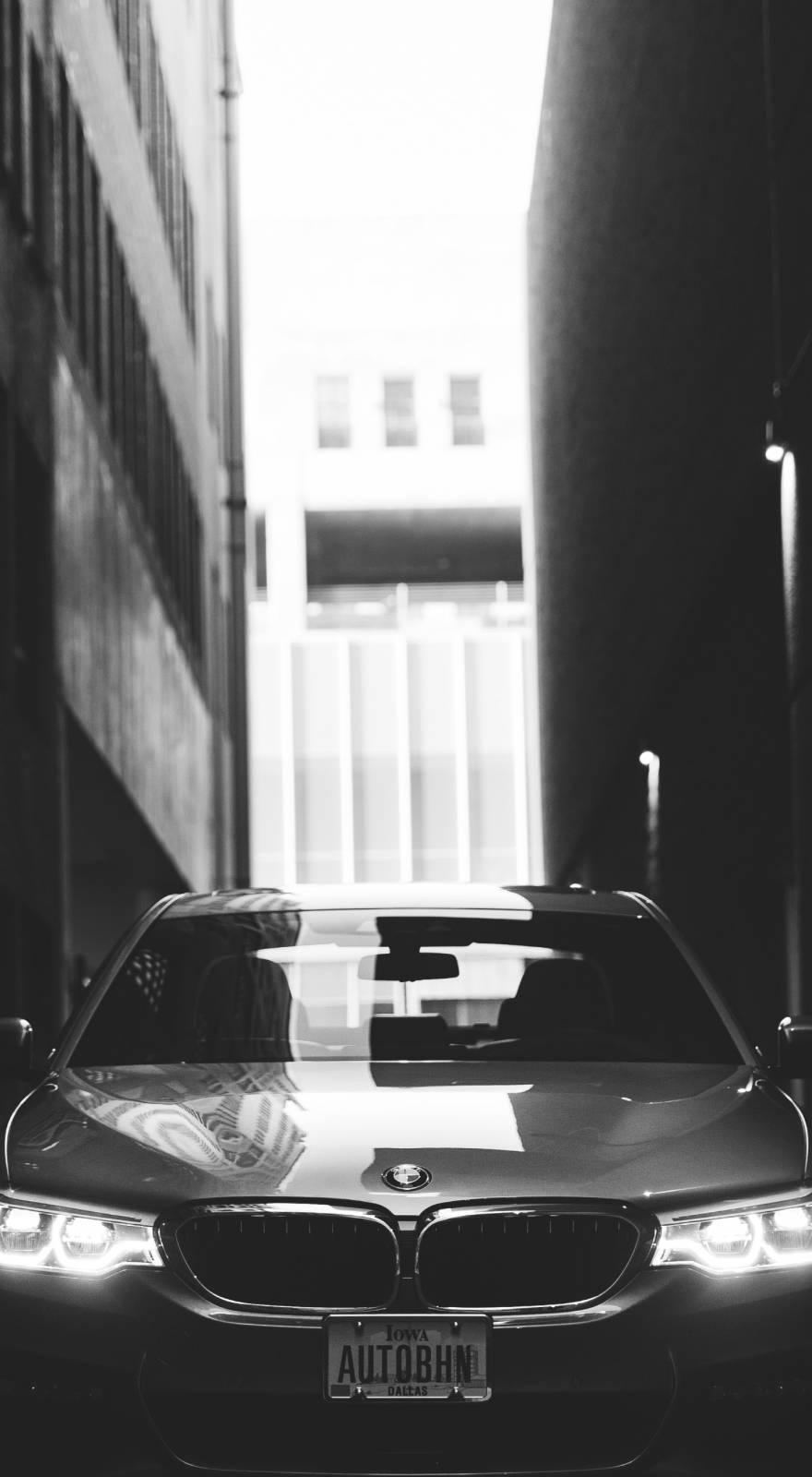Knowde Enhanced TDS
Identification & Functionality
- Product Type
- Technologies
- Product Families
Features & Benefits
Applications & Uses
- Markets
- Applications
- Area of Use
Glass, mirror and ceramic surfaces
- Recommendations for Use
A1. Cleaning glass surfaces. 1. Glass must be carefully cleaned prior to treatment with glass nano sealant (component 2) in order to allow perfect chemical bonding to the surface. Clean windscreens with Glas Star until they are free of residues; in case of very stubborn dirt, clean with mild cleaning clay first. 2. To activate the windscreen and remove glass corrosion, the surface must be cleaned thoroughly with polishing milk (component 1). Shake vigorously before each use. Apply polishing milk to the glass surface with a microfibre polishing pad (item no. 999308) at a low speed if applying by machine, or with a microfibre hand polishing pad (item no. 999291) if applying manually, and rub it into the surface in a thin layer for several minutes before buffing vigorously until the surface feels smooth and a dry film is formed. Special care must be taken when carrying out this process on older windscreens, as the upper, corroded layer of glass must be completely removed in order to ensure perfect cross-linking. Do not apply to plastics and rubber (risk of white residues). Then, polish the abrasive residue off with clean, dry paper towels (item no. 999552/999553) until no residue remains. To avoid interfering with the cross-linking, do not touch the windscreen with bare fingers/hands after this stage (use disposable gloves). A2. Cleaning ceramic surfaces. Use an acidic cleaner (e.g. bathroom cleaner with a limescale-removal formula) to thoroughly clean the ceramic surfaces that are to be treated, then rinse with water and dry thoroughly. Do not use polishing milk, as the tile alloy may be removed and white residues may form in the gaps. B. Sealing 1. Apply glass nano sealant (component 2) only to completely dry windscreens or ceramic surfaces at ambient temperatures between 10 and 30 °C (ideally 15 - 25 °C). Avoid exposure to direct sunlight during application. Use suitable disposable gloves during application. 2. When applying component 2 (application per m²: approx. 25–30 ml) to windscreens, start by applying half of it. Apply the product to the surface with a paper towel (item no. 999552/999553) and polish until a uniform liquid film is formed. Apply component 2 several times during the polishing process until you reach the recommended amount. A uniform film is formed (with no droplet formation) after 2–3 minutes. 3. After approx. 2 minutes, polish this film off with a paper towel (item no.: 999552/999553) until no residue remains. Hard-to-remove sealant residues can be redissolved using component 2 and then polished off immediately. 4. The sealant will harden in 15–60 minutes, depending on temperature (the warmer it is, the faster it hardens). Protect from water and further dirt until completely hardened. Important information:Do not apply to heated surfaces. Not suitable for treating glass in vehicle interiors, as the hydrophobic effect leads to an increased tendency to fog in the passenger compartment. Reseal opened containers firmly immediately after use. Components 1 + 2 have a shelf life of approx. 1 year. Strongly hydrophilic screen wash additives (surfactants) may impair the repellent effect.
Regulatory & Compliance
- Certifications & Compliance
Packaging & Availability
- Container
0.25 L: Article No. 202001

